It’s always interesting to see what pops out at the end of major competitions. And this past week’s All Canadian Wine Championships proved no exception.
Fourteen judges from across Canada (plus one from Michigan) were hunkered down in cosy 100-year-old Angeline’s hotel, in Bloomfield, Prince Edward County. It’s the first time I’ve visited this laid back, picturesque peninsular a couple of hours drive from Toronto. Around this one time fervently Loyalist enclave Maple Leaf and Union flags occasionally flutter side-by-side.
These keenly anticipated awards attract wines—and quite a few other elixirs—from coast-to-coast. Competitions such as this have played a key role in the growth of Canada’s wine culture. Not only is it important for wineries to be able to measure their progress beside others but contests of this ilk help inspire the sharing of information and experiences crucial to the industry.
However, there’s also irony at play: even though many of the judges from Ontario and other parts of eastern Canada are familiar with the key players in the Okanagan, there are only a handful of BC wines available in Ontario. The reverse is also true. In fact we probably see even fewer Ontario wines in BC. And as for wines from Nova Scotia and Quebec, well, they rarely make it past their own borders.
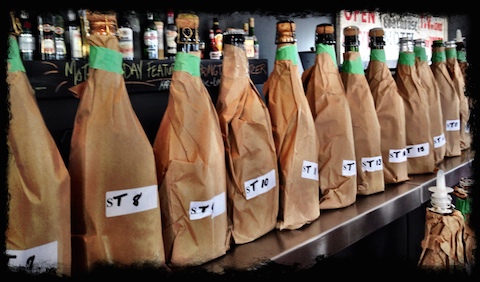 No question, BC fared more than well. But not to take away from its success, I went looking for a few reasons why.
No question, BC fared more than well. But not to take away from its success, I went looking for a few reasons why.
With 1304 wines entered, this year’s field was one of the largest to date. Here’s what I’ve managed to glean so far from a couple of days’ ‘decoding.’…
It’s important to note that BC accounted for 58 percent of all entries. That’s about six out of 10 wines, compared to 28 percent or about three out 10 from Ontario.
As to why BC should enter double the number of wines as Ontario. I suspect that’s a pretty good reflection of the expansion that’s taken place over the last decade—and not only in the Okanagan.
Here’s how Ontario and BC stack up in terms of wineries and production:
Licensed wineries including fruit wines
Ontario – 140, fruit & grape; BC – 273 (236 grape wineries)
Annual production, plantings:
Ontario 21.9 milllion litres / year (2013); BC 20.3 million litres (est. 2013)
A significant portion of Ontario VQA production (around one third) is made up of hybrid varietals, of which BC now grows very little—so we can now assume that BC vinifera yields have surpassed Ontario.
BC Pinot Noir takes hold
Aside from the more established names you’d expect to show up on a winners list (La Frenz, double gold Pinot Noir over $25), there’s also no shortage of newcomers making a good showing. Witness Gold Hill (Best unoaked Chardonnay), Spierhead (gold), as well as 50th Parallel, and Fort Berens—with grapes grown in Lillooet. Also, it would be remiss to not mention Quails Gate, Red Rooster and Vancouver Island’s (Cowichan Valley) Blue Grouse—gold for Pinot over $25.
No doubt there’s a stylistic discussion that could be had here, as to the approachability of the BC style that does better in competitions. But there it is …
Going for the Gew
BC enjoyed a strong showing here, which should come as no surprise. Gewurztraminer has begun to get plenty of respect, especially as a good complement for Asian cuisine. What struck me when I read the list of winners was the arrival of quite a few newcomers, including Gold Hill, 50th Parallel, and Celista, as well as a calvacade of worthy stalwarts including, best white of show from Desert Hill.
Pinot Gris / Grigio … your call
One of the biggest categories, with a disproportionate number of wines from BC that reflects the faddish shift from Chardonnay. Intriguing to see how the use of Pinot Gris / Pinot Grigio now appears to be at the marketers’ whim, where it used to describe (imply?) a specific style. Hmmm.
Riesling and Cab Franc continue to grow
There was a strong field of Riesling entries. While few would contest Niagara’s supremacy in this variety, there’s keen interest in the small group of emerging premium producers from British Columbia. BC did well in ‘Dry’, less so in ‘Off-Dry’, which is interesting.
Cabernet Franc is the one variety (aside, obviously, from Chardonnay) that enjoys plenty of attention and wide success in both BC and Ontario, a result of its early ripening abilities. Ontario cleaned up in under $25, while BC picked up in over $25. Best BC ‘find’: River Stone Cab Franc 2012, Gold.
The medal haul
I’m not going to go into the entire list varietal by varietal but I do think there are quite a few BC wineries who will be pretty satisfied with multiple medals and the results overall. These include La Frenz, with a whopping 12 medals; CedarCreek, 8 medals; Orofino and more. Kudos also to Gold Hill, Kraze Legz, Perseus, Celista, and to Summerhill for their Cipes Brut: Best Sparkling Wine & Double Gold—and no doubt several others to whom I’ll apologise in advance for not mentioning.
Fruit Wines
Yes, always contentious for the grape wine purists But this continues to be one of the fastest growing categories across the country for a couple of reasons. First of all, even in relatively short seasons, you really can grow several berry fruits just about anywhere from coast to coast; and consumers who did not have easy access to grape wineries are now wine touring and supporting their local wineries. BC did well here too. Props to Richmond’s Isabella for its superb, very true-tasting Cranberries (Best of Class) and Siverside Farm (Cobble Hill) for Tayberry, gold,
Cidre
One word: “Quebec!” La Belle Province has evolved as the country’s cider specialist. pretty well sweeping the field. Quebec also employs strict standards for ice cider. It’s not clear to me that they’re always adhered to elsewhere… Dry Best of Class: Cidrerie Michel Jodoin (one of Quebec’s pioneers). However, Ontario’s King’s Court Estate pipped a couple of Quebec stalwarts for Best of Class Ice Cider.
You can research the entire fruits of our labours in-depth by clicking this link
Fellow judge and BC wine guru John Schreiner offers a few comments, and summarizes the numerous BC winners. And also makes the point that BC cleaned up.
More to come …
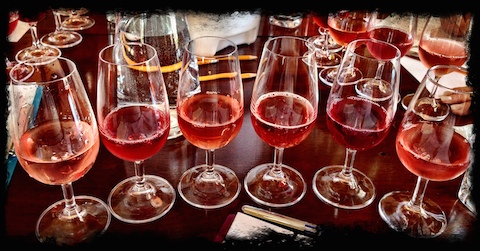
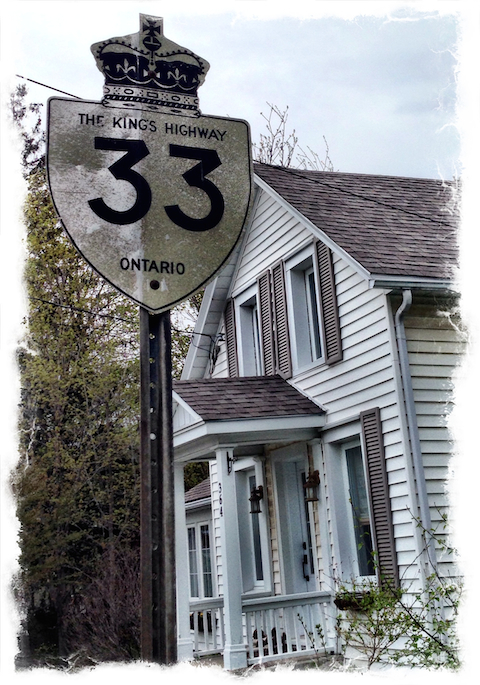
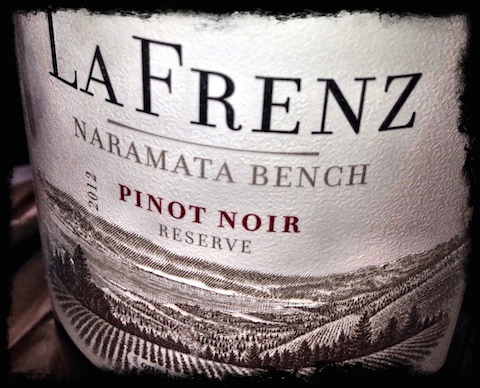
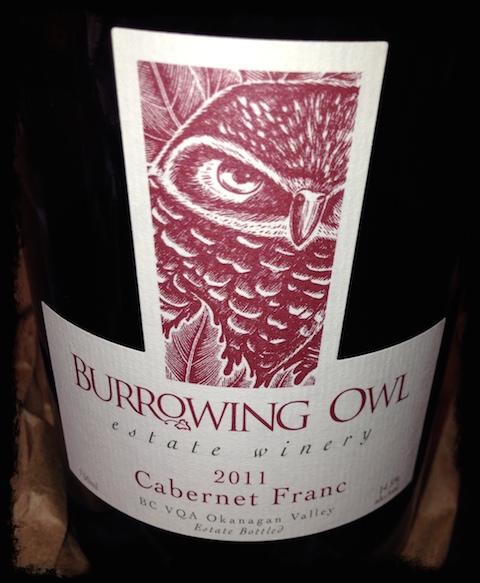
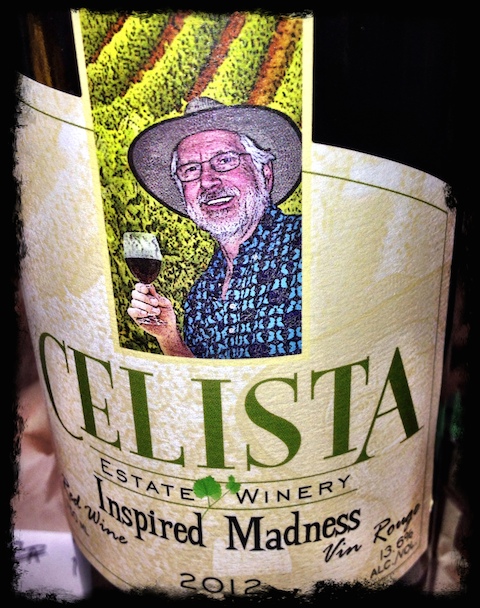
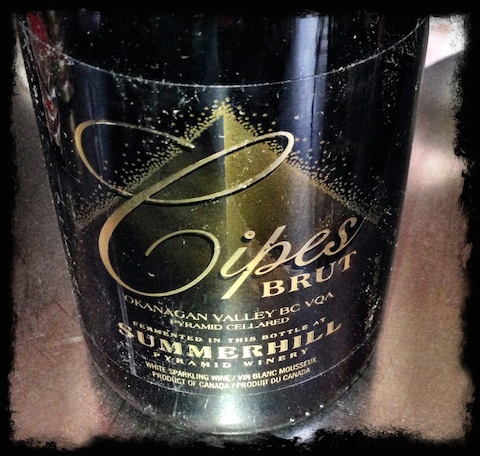
King’s Court 2010 Iced apple was fab.
The blueberry wine, while not a dessert wine, was great with lamb. (both marinated in, and accompanied by)
http://www.ontario-wine.com/product-category/fruit-wine/
[…] than in Ontario. It’s a trend that’s been in the making for a while. Having judged here for a few years, it’s my belief that BC winemakers have truly hit their stride. To be fair, with not a small […]